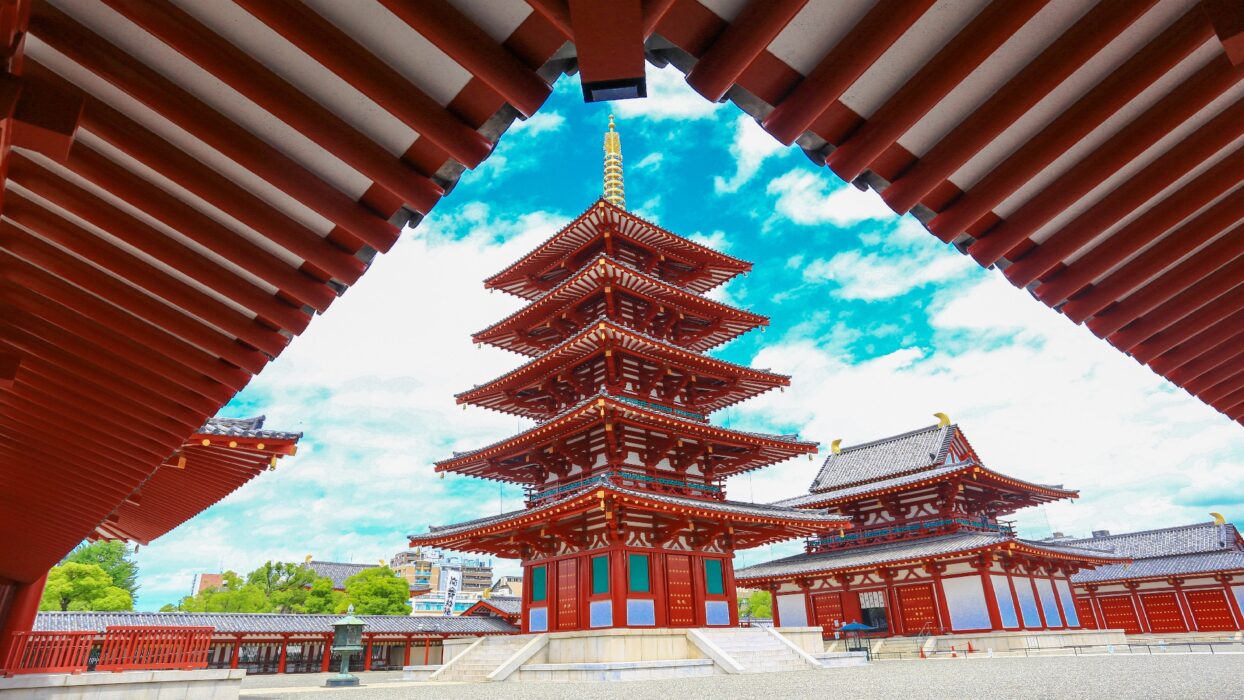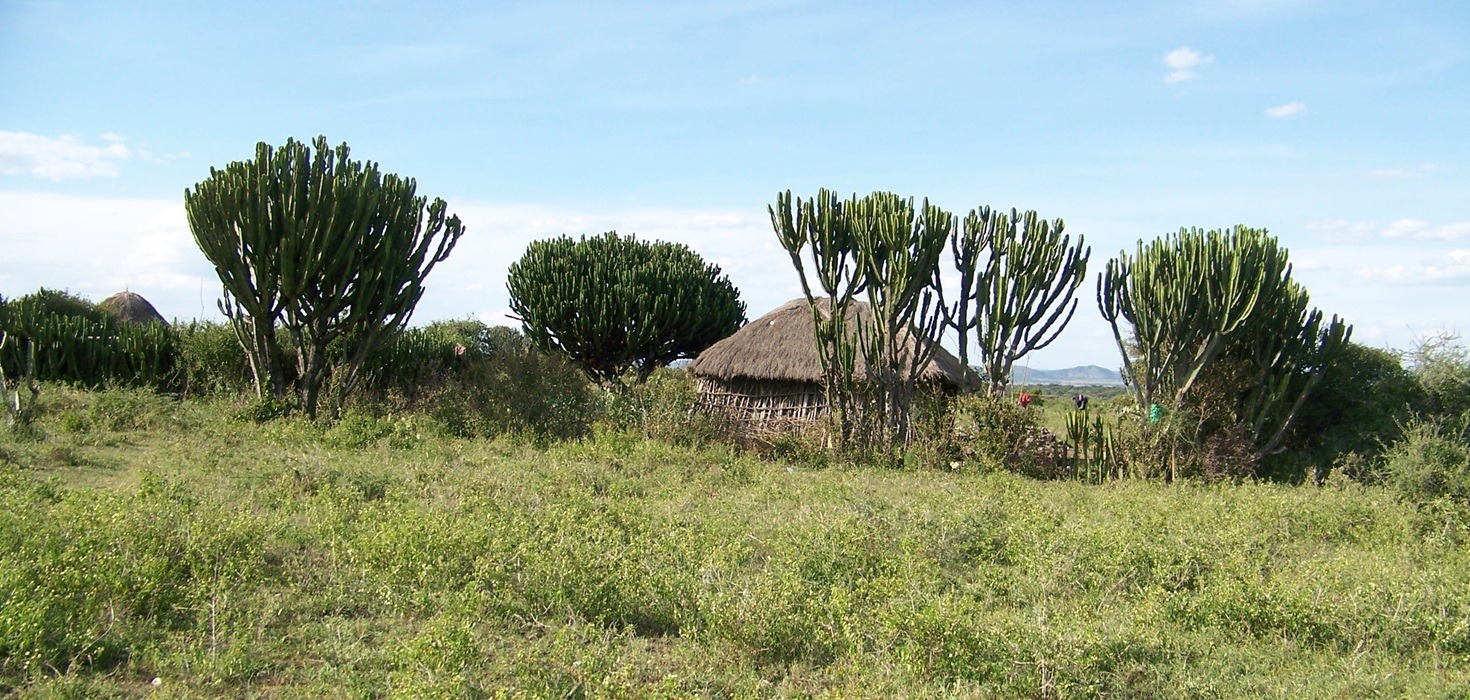Introduction
Kyoto, the heart of Japan’s rich cultural heritage, is home to one of the most striking features of its landscape: the iconic torii gates. These vibrant vermilion gates, often seen standing tall in rows, are not merely decorative; they hold profound significance in Shinto beliefs, symbolizing the transition from the mundane to the sacred. Among the many locations where you can witness these stunning structures, the Fushimi Inari Shrine stands out as the ultimate destination. With thousands of torii gates winding through lush mountains, this shrine offers an unforgettable experience that blends spirituality, history, and breathtaking beauty.
Discovering the Thousand Torii Gates: A Cultural Exploration
Each torii gate is a portal, a threshold that invites visitors to step into a world of divine presence. In Shintoism, these gates signify the entrance to a sacred space, marking the boundary between the earthly realm and the divine. The act of passing through a torii gate is a spiritual journey, an acknowledgment of the gods that inhabit the shrines they guard.
The history of torii gates in Japan dates back to the 8th century, evolving significantly over the centuries. Originally simple wooden structures, they have transformed into the ornate and colorful gates we see today, often adorned with inscriptions and offerings. Their architectural style varies, but the most common form is the shinmei style, characterized by its simplicity and elegance. As you stroll through the pathways of Fushimi Inari Shrine, you’ll find these gates standing as testaments to the devotion and artistry of those who constructed them.
Fushimi Inari Shrine: The Heart of the Torii Gates Experience
At the core of Kyoto’s torii gate experience lies the magnificent Fushimi Inari Shrine. Dedicated to Inari, the Shinto god of rice, this shrine has been a place of worship since its establishment in the early 8th century. Its most striking feature is the thousands of torii gates that create a mesmerizing path up the sacred Mount Inari. Each gate is donated by individuals or businesses, with their names inscribed on the back, showcasing the community’s connection to the shrine.
The architectural style of Fushimi Inari Shrine is a beautiful representation of traditional Japanese design. The bold red color of the gates is believed to ward off evil spirits, while the black inscriptions provide a striking contrast that enhances their visual appeal. As you wander through the gates, you’ll feel a sense of tranquility, interrupted only by the gentle rustle of leaves and the occasional chirp of birds, making it a perfect escape from the bustling city.
For those eager to explore this enchanting site further, check out our guide on how to Hike Through the Famous Torii Gates in Kyoto. This experience promises not just a visual feast but a deep dive into the spiritual essence of Kyoto.
Capturing the Perfect Shot: Photography Tips at Kyoto’s Torii Gates
As you traverse the stunning pathways of Fushimi Inari Shrine, don’t forget to bring your camera! The interplay of light and shadow among the torii gates creates a photographer’s paradise. The best times for photography are early morning or late afternoon when the sun casts a golden hue on the gates. Experiment with different angles; capturing the gates from below can create a dramatic effect, while wide shots can showcase the endless rows.
For those looking for hidden photography spots, venture a little off the main path. There are quieter areas where you can capture the gates without the crowds, allowing for a more intimate experience. And if you’re feeling adventurous, consider nighttime photography! The illuminated gates create a magical atmosphere that is simply breathtaking.
A Whimsical Day Itinerary: Exploring Kyoto’s Torii Gates
Ready to explore the enchanting world of Kyoto’s torii gates? Here’s a whimsical day itinerary to help you make the most of your visit!
Start your day early at Fushimi Inari Shrine. Arrive before the crowds to enjoy a peaceful hike through the gates. The early morning light adds a magical touch to the vibrant colors of the torii gates, making for stunning photos.
After your hike, treat yourself to a delicious breakfast at one of the local eateries nearby. Try some traditional Kyoto-style breakfast options like yudofu (tofu hot pot) or kyo-kaiseki (multi-course meal) for a truly authentic experience.
Once you’ve refueled, head to nearby attractions such as the Tofuku-ji Temple, famous for its beautiful gardens and stunning architecture. Spend some time soaking in the serene atmosphere before making your way to the next stop.
For lunch, explore the local cuisine at one of the charming cafes or restaurants in the area. Savor dishes like yudofu or obanzai (traditional Kyoto home cooking) to keep your energy up for the afternoon adventures!
In the afternoon, consider visiting other nearby shrines or temples, each offering its unique charm and beauty. Don’t forget to stop by local shops for souvenirs and snacks to fuel your exploration.
Wrap up your day with a stroll through the historic streets of Gion, where you might catch a glimpse of a geisha or two. End your evening with a delightful dinner at a local izakaya, reflecting on the day’s adventures among the torii gates.
Culinary Delights: Savoring Kyoto’s Local Flavors
As you wander through the enchanting pathways of Fushimi Inari Shrine, don’t miss the opportunity to indulge in Kyoto’s culinary offerings. The city is a treasure trove of flavors, with dishes that reflect its rich history and culture. After your morning hike, treat yourself to a delightful breakfast at a nearby eatery. You can start your day with yudofu, a delicate tofu hot pot that warms the soul, or opt for a traditional kyo-kaiseki, a multi-course meal that showcases seasonal ingredients and meticulous presentation.
For lunch, explore the local cuisine at one of the charming cafes or restaurants in the area. Try obanzai, a traditional Kyoto-style home cooking that features an array of small dishes made from fresh, local ingredients. The flavors are subtle yet satisfying, offering a true taste of Kyoto’s culinary heritage.
As you savor these dishes, take a moment to appreciate the artistry involved in their preparation. Many restaurants pride themselves on using traditional cooking methods and local produce, making every meal a celebration of Kyoto’s culture.
Festivals and Events: Celebrating Culture at the Torii Gates
Kyoto is vibrant with life, especially during its annual festivals held at Fushimi Inari Shrine. These events are a fantastic way to experience the local culture and traditions. One of the most significant is the Inari Matsuri, celebrated in early February, where visitors can witness various rituals, colorful processions, and traditional performances. The shrine is adorned with lanterns, creating a magical atmosphere that enhances the beauty of the torii gates.
In the spring, the cherry blossom season brings a different kind of magic. The gates are framed by blooming sakura trees, attracting photographers and nature lovers alike. Special events and ceremonies are held during this time, allowing visitors to immerse themselves in the seasonal festivities.
Don’t miss the chance to participate in these cultural celebrations! They offer a unique glimpse into the local customs and a wonderful opportunity to connect with the community.
Practical Travel Insights: Tips for Visiting Kyoto’s Torii Gates
Visiting Fushimi Inari Shrine and its iconic torii gates can be a delightful experience, but a few travel tips can enhance your journey. First, consider arriving early in the morning or later in the afternoon to avoid the crowds and enjoy a more peaceful atmosphere. The early light also provides perfect conditions for photography!
Transportation to the shrine is convenient, as it’s easily accessible via the JR Nara Line from Kyoto Station. Once you arrive, be prepared for a bit of a hike; the trails can be steep, but the breathtaking views and serene surroundings make it worthwhile. Wear comfortable shoes and bring plenty of water to stay refreshed during your adventure.
Accessibility is also important to note. While the main entrance is wheelchair-friendly, some of the trails can be challenging. It’s best to plan your visit accordingly if you or someone in your group requires assistance.
Nature Walks and Hiking Adventures: Exploring the Scenic Routes
For the nature enthusiasts, Fushimi Inari Shrine is not just a spiritual site but also a gateway to stunning hiking adventures! The trails that wind through the thousands of torii gates lead you up Mount Inari, offering panoramic views of Kyoto as you ascend. The hike can take anywhere from 2 to 3 hours to reach the summit, depending on your pace and how often you stop to take in the scenery.
Along the way, you’ll encounter smaller shrines and beautiful landscapes, making it a perfect opportunity for nature photography. The gentle rustle of the leaves and the chirping of birds provide a calming soundtrack to your hike. If you’re looking for a shorter walk, consider turning back after visiting the first few rows of gates, which are equally stunning.
As you explore, keep an eye out for local wildlife! The area is home to various species of birds and even the occasional fox, which is a symbol of Inari. The combination of nature and spirituality makes this hike a truly unique experience.
Embracing Sustainability: Responsible Travel in Kyoto
As travelers, it’s essential to respect the beautiful places we visit, and Kyoto is no exception. When exploring Fushimi Inari Shrine and its surroundings, consider adopting eco-friendly practices. Stick to designated paths to avoid damaging the natural environment, and be mindful of litter—always dispose of waste properly or take it with you.
Many local businesses are committed to sustainability, so look for restaurants and shops that emphasize eco-friendly practices. Supporting these establishments helps promote conservation efforts in the area. Additionally, consider using public transport or walking to reduce your carbon footprint while enjoying the scenic views of Kyoto.
Shopping and Souvenirs: Take a Piece of Kyoto Home
No trip to Kyoto is complete without picking up a few souvenirs to remember your adventure! Near Fushimi Inari Shrine, you’ll find several shops selling traditional crafts, textiles, and local delicacies. Look for inari-zushi, a type of sushi wrapped in fried tofu, which makes for a delicious snack or gift.
For a unique keepsake, consider purchasing a miniature torii gate or a piece of pottery that reflects Kyoto’s rich artistic heritage. Local artisans often sell their work at markets, providing a perfect opportunity to find something special while supporting the community.
Seasonal Travel Insights: Best Times to Visit Kyoto’s Torii Gates
The beauty of Fushimi Inari Shrine and its torii gates changes with the seasons, making it a year-round destination. Spring is particularly magical, with cherry blossoms framing the gates in a delicate pink hue. Autumn, on the other hand, brings vibrant foliage that contrasts beautifully with the red of the gates, creating a stunning visual feast.
Winter offers a quieter experience, where the gates dusted with snow create a serene atmosphere. If you’re lucky, you might even catch a glimpse of the shrine during a light snowfall, which is truly enchanting. Summer can be hot, but early mornings or late afternoons are perfect for exploring without the heat.
Safety and Health Guidelines: Staying Safe While Exploring
Your safety is paramount while exploring the stunning landscapes of Kyoto. Always stay hydrated, especially during the warmer months, and wear sunscreen to protect yourself from the sun. If you plan to hike, check the weather conditions beforehand and dress appropriately for the terrain.
Be mindful of your surroundings, especially in crowded areas. Keep an eye on your belongings and be aware of any potential hazards along the trails. It’s also wise to have a plan in case of emergencies, including knowing the location of the nearest medical facilities.
Commonly Asked Questions (FAQs) About Kyoto’s Torii Gates
As you prepare for your visit to Fushimi Inari Shrine, you might have some questions. Here are some commonly asked questions that can help enhance your experience:
- What is the best time to visit Fushimi Inari Shrine? Early morning or late afternoon is ideal to avoid crowds and enjoy cooler temperatures.
- How long does it take to hike through the torii gates? The hike to the summit takes about 2-3 hours, but you can turn back anytime to suit your schedule.
- Are there facilities available at the shrine? Yes, there are restrooms and several food stalls along the trails for snacks and refreshments.
- Is there an entrance fee for Fushimi Inari Shrine? No, entrance to the shrine is free, making it accessible for everyone.
Fun Facts About Kyoto’s Torii Gates and Fushimi Inari Shrine
Did you know that Fushimi Inari Shrine is one of the oldest shrines in Japan? Established in 711 AD, it has been a place of worship for centuries! The thousands of torii gates that line the paths are not just for show; they are donations from individuals and businesses seeking blessings from Inari.
Another fun fact: the shrine is dedicated to Inari, the god of rice, which is why you’ll often see fox statues (Inari’s messengers) throughout the grounds. Keep an eye out for these charming figures as you explore!
As you wander through the gates, you’re walking through history, spirituality, and artistry, all wrapped into one extraordinary experience. Soak it all in and enjoy every moment of your adventure!










